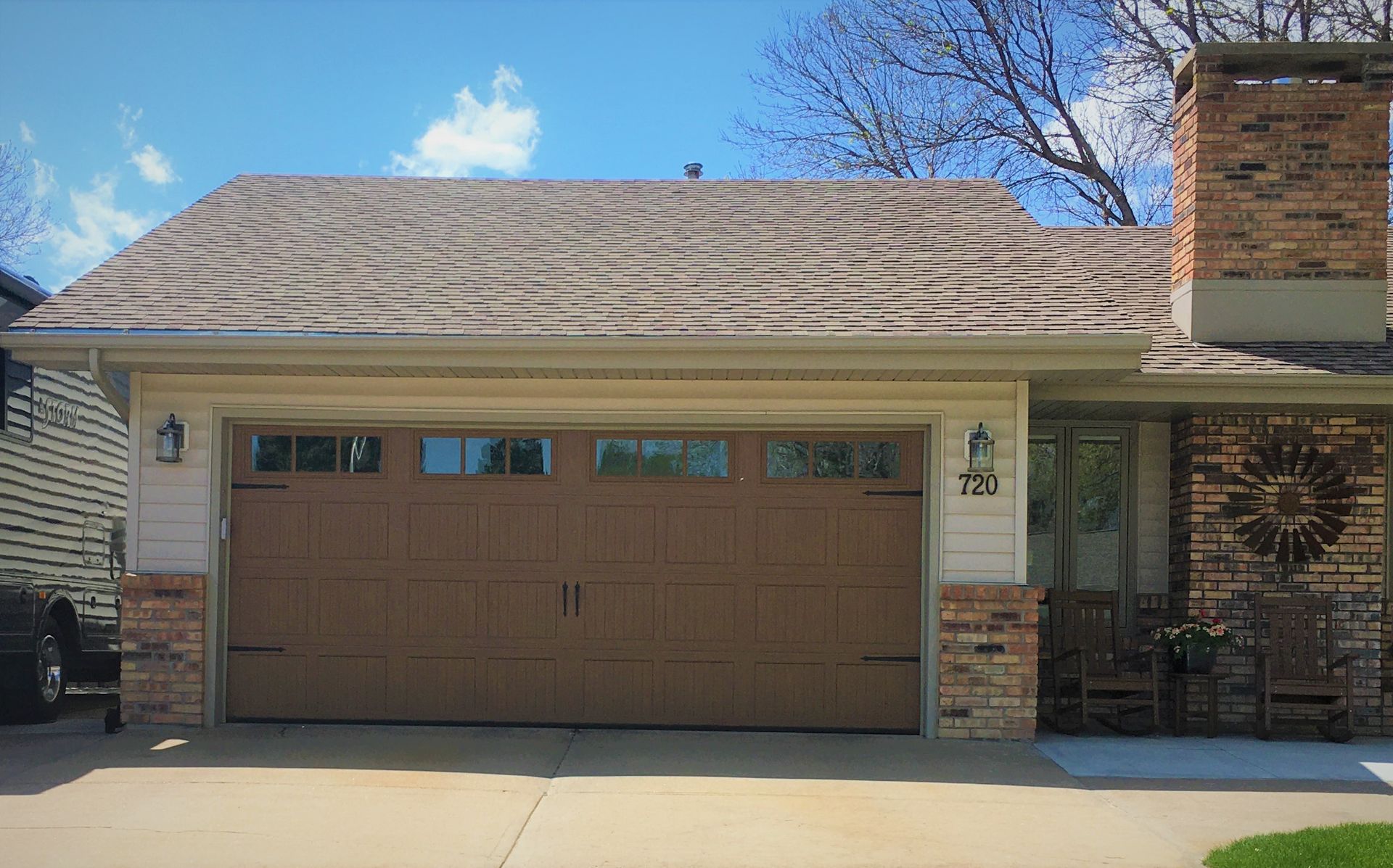Your roof color isn’t just for curb appeal—it has practical implications for your home’s energy efficiency and comfort. Here’s how to choose the best roof color based on your climate.
The Science of Roof Color and Heat Absorption
Roof color is a major factor in heat absorption. Dark roofs, such as black, absorb heat, increasing the temperature on the roof’s surface and warming your home. White roofs reflect sunlight, keeping your home cooler and easing the load on your air conditioning.
Deciding Between Light or Dark Roofs Based on Climate
The best roof color for your home depends on your local climate conditions:
- Tropical Climates: If you live in a hot climate, a white or light-colored roof will help reflect the sun's heat, keeping your home cooler and saving on energy bills.
- Cold Weather Areas: In cold climates, darker roofs absorb more sunlight, helping to keep your home warmer and reducing heating costs.
- Moderate Climates: A balanced choice might involve neutral or slightly darker shades, depending on your home's insulation.
How Roof Colors Affect Energy Efficiency and the Urban Heat Island Effect
White roofs are especially effective in reducing the urban heat island effect—where city areas experience higher temperatures due to dark surfaces like asphalt and roofs. By reflecting sunlight, white roofs can contribute to cooler city temperatures and lower energy consumption on a larger scale.
Weathercraft’s Tips for Choosing the Right Roof Color
When deciding on a roof color, consider the following:
- Weather Conditions: Consider your region's typical weather to select the most effective roof color.
- Roof Material Compatibility: Ensure the roofing material you choose is compatible with the color.
- Home Aesthetic: Complement your home’s exterior for a cohesive look.
- Long-Term Savings: Balance upfront costs with energy savings over time.
We assist homeowners in selecting the best roof color and material to fit their needs and financial plans.
